Why Permaculture Could be the Next Lawn
By creating a sustainable landscape, you can sustain a healthy diet.
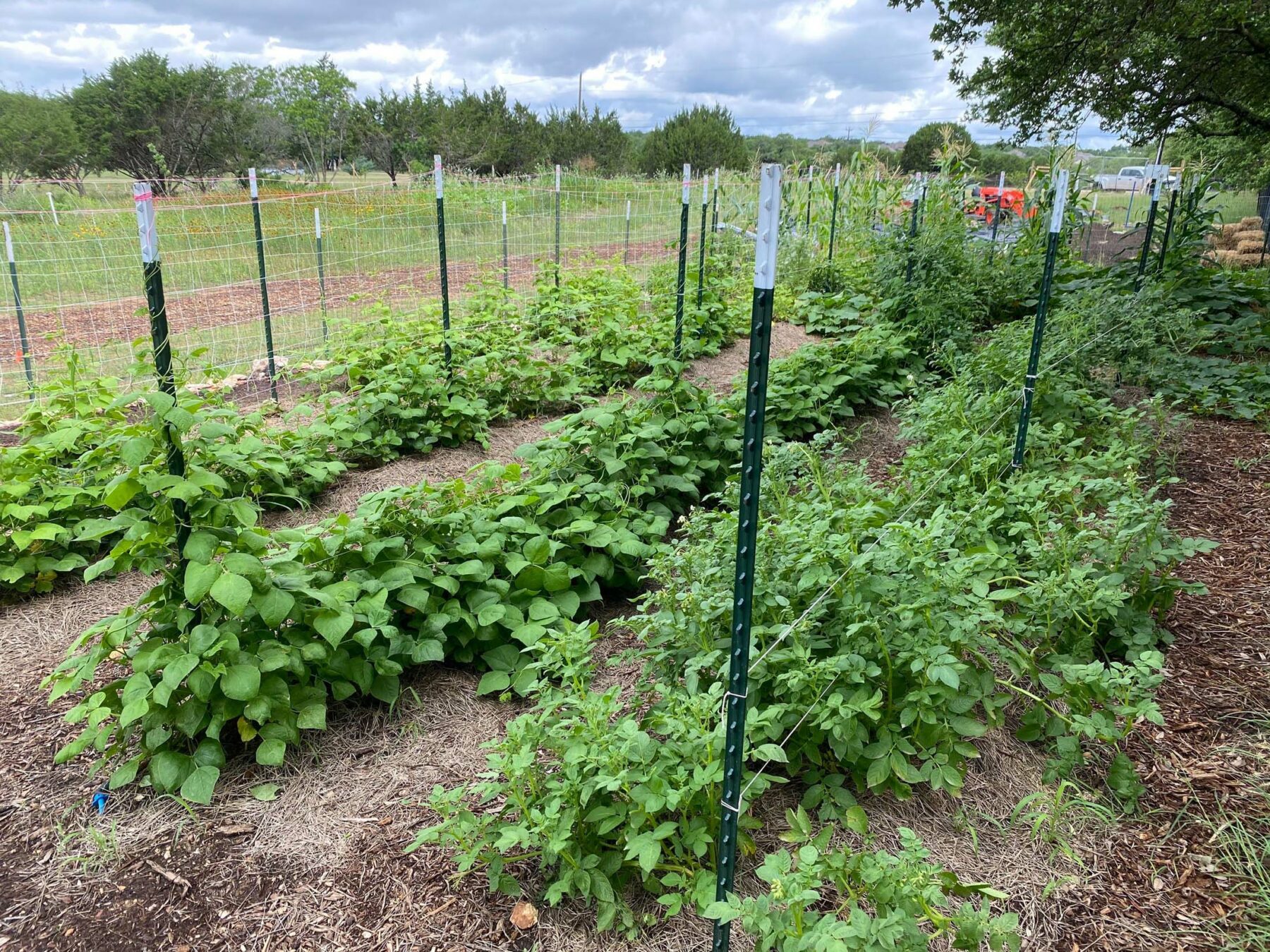
Working on your landscape is working on your mind as well.
Permaculture is the implementation of sustainable, permanent agriculture. Permanently nourishing our land and body.
Wolfert, the founder of Symbiosis Regenerative Systems, has been working in permaculture for 10 years. The company helps people landscape, construct, and design permaculture systems through the lens of “living harmoniously with the with the ecosystems that I believe we’re a part of,” Wolfert says, “I think that all life on Earth is like a macro organism.”
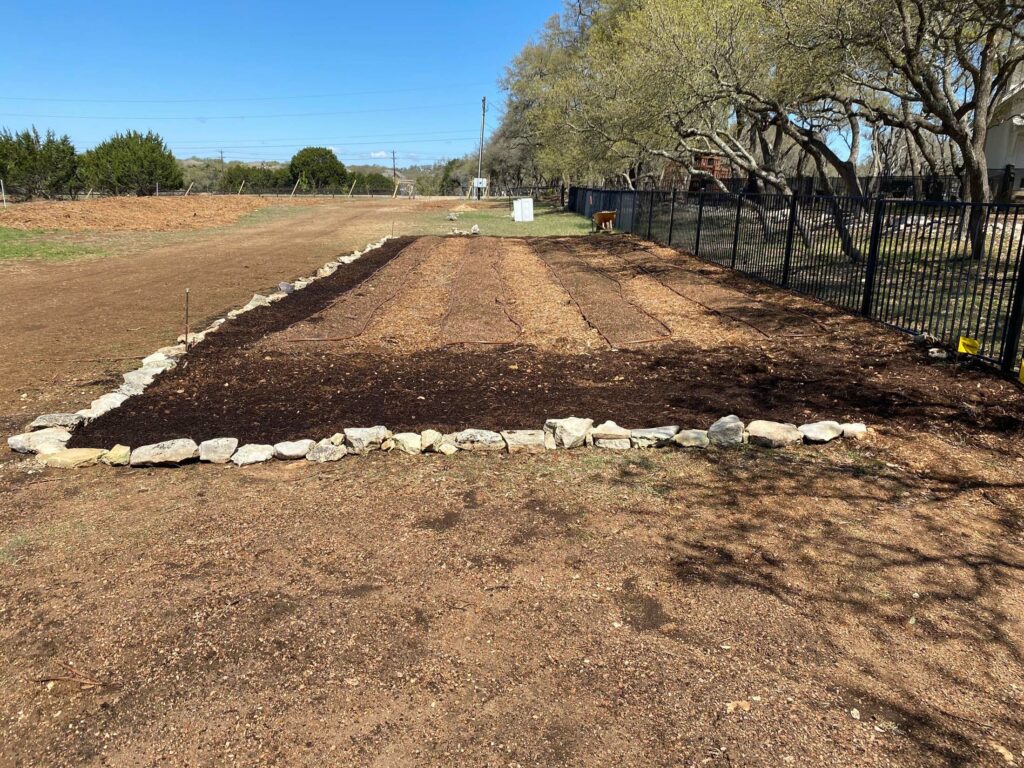
Courtesy of Michael Wolfert, Symbiosis LLC
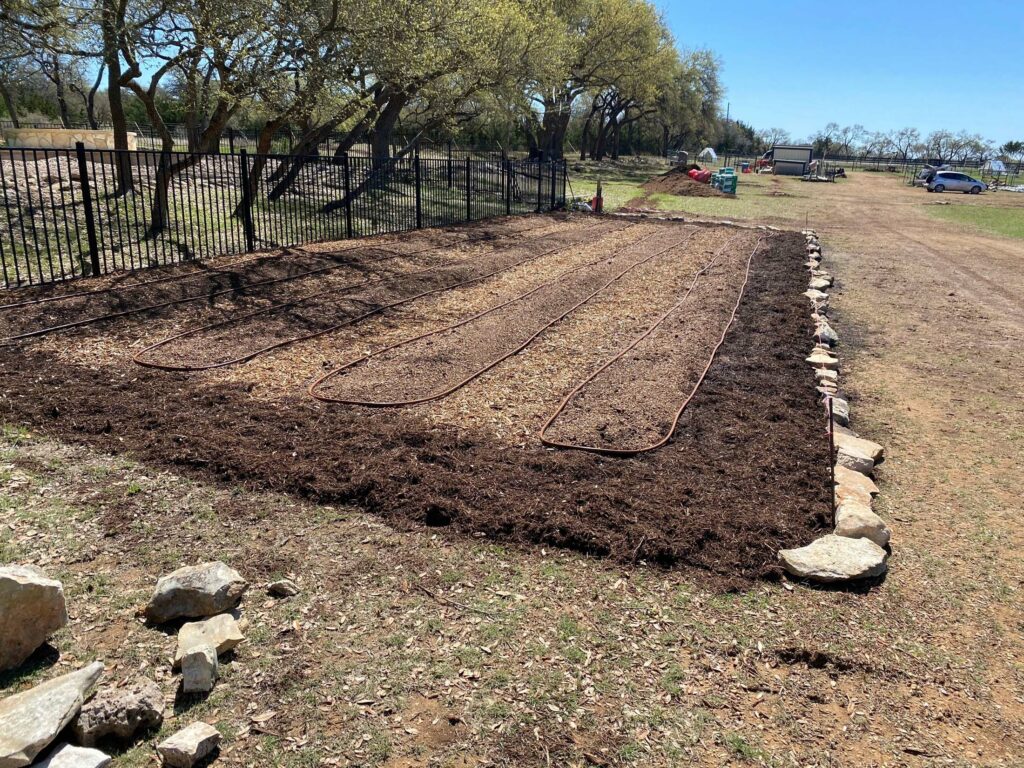
Courtesy of Michael Wolfert, Symbiosis LLC
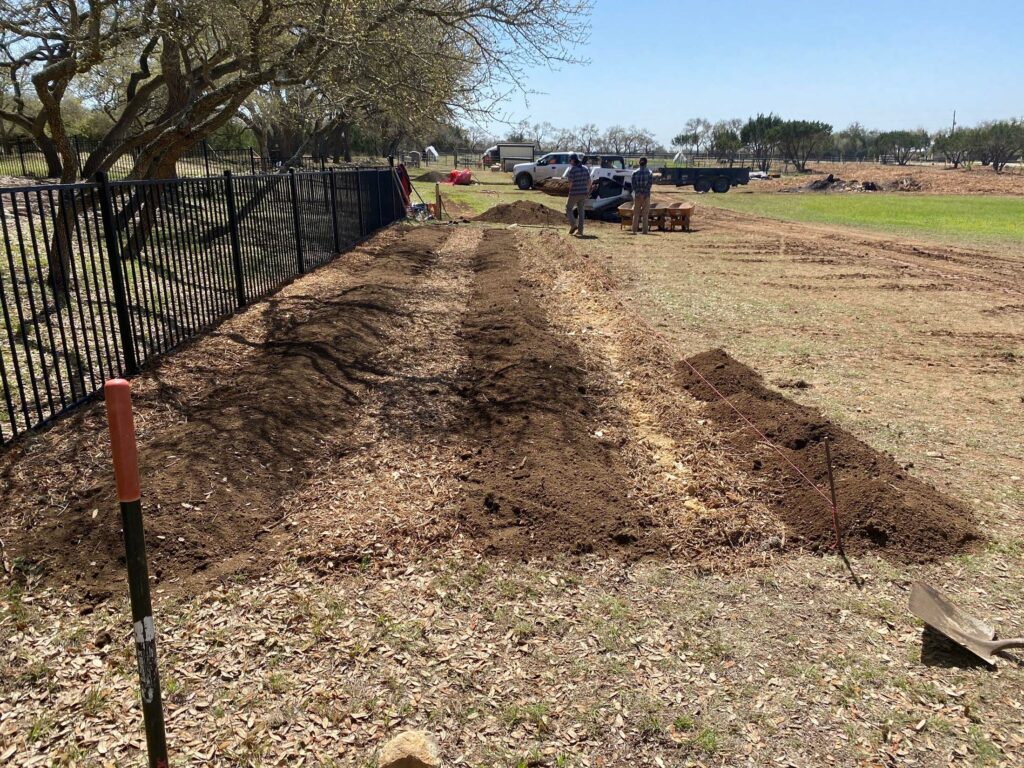
Courtesy of Michael Wolfert, Symbiosis LLC
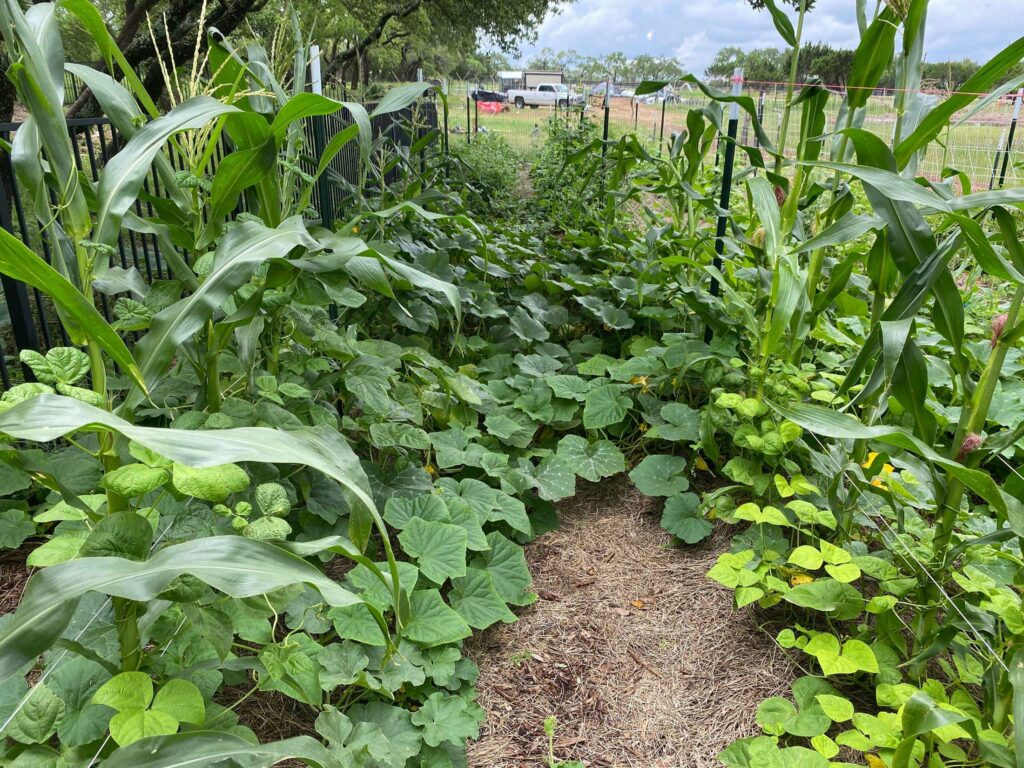
Courtesy of Michael Wolfert, Symbiosis LLC
Symbiosis Regenerative Systems’ Chris Jones has found a connection to permaculture on a personal level.
“Permaculture is integrating yourself into your landscape so that you are factoring yourself into the flows of nature, water, wildlife, plants and the whole system. It’s a way of looking at how to partner with nature rather than subjugate it and get it to do something productive for you,” Jones says. “it’s a mutually beneficial relationship.”
Jones did this by learning about the native plants growing around him and their history.
Co-director at Austin Permaculture Guild, Taelor Monroe, is a health coach that teaches permaculture design courses and designs and installs permaculture gardens.
“Companion planting and gilding are at the core of it,” Monroe says. “We’re mimicking the way that nature does it. Singular plants across acres and acres of land never happen in nature. If you don’t have a diversity of plants, then you’re not going to have a diversity of biology.”
The core of the garden design is making sure you have good soil and you’re feeding it. Plants with low nutritional density attract insects because they have simple guts and cannot consume food that’s fit for us.
“The nutrient density of each particular food item is higher, the closer to when you pick the plant. Even if you’ve waited a week to eat it and you pick it yourself, it’s going to be much more nutrient dense and have the native bacteria than something from the store,” Monroe advises.
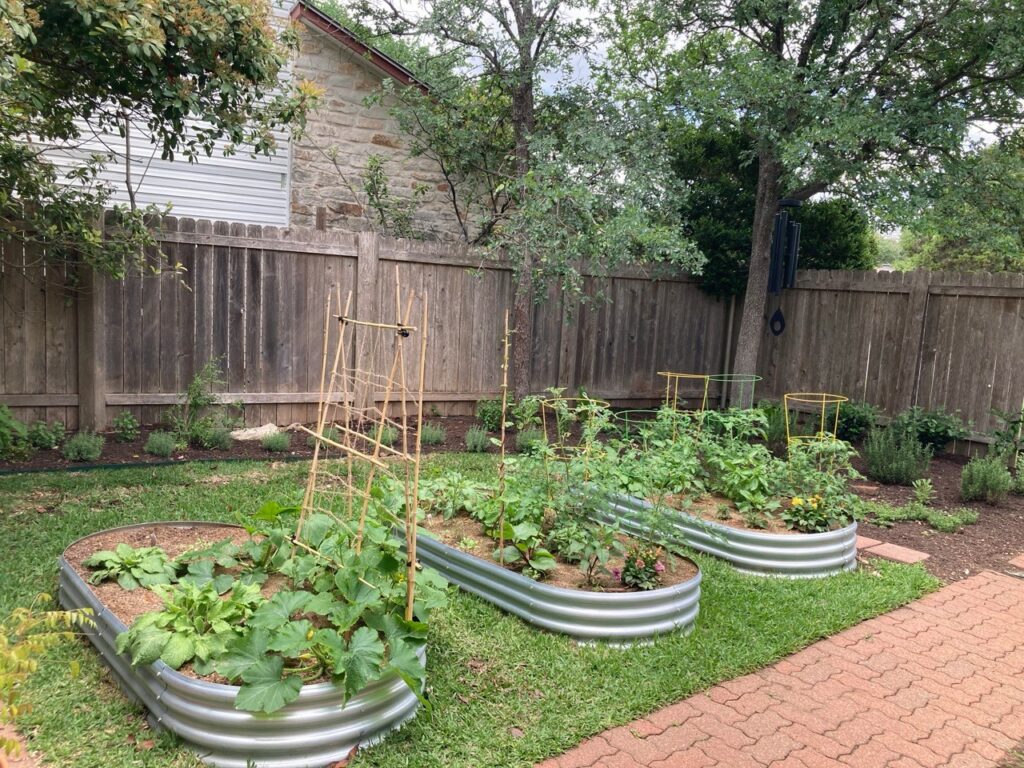
Courtesy of Taelor Monroe
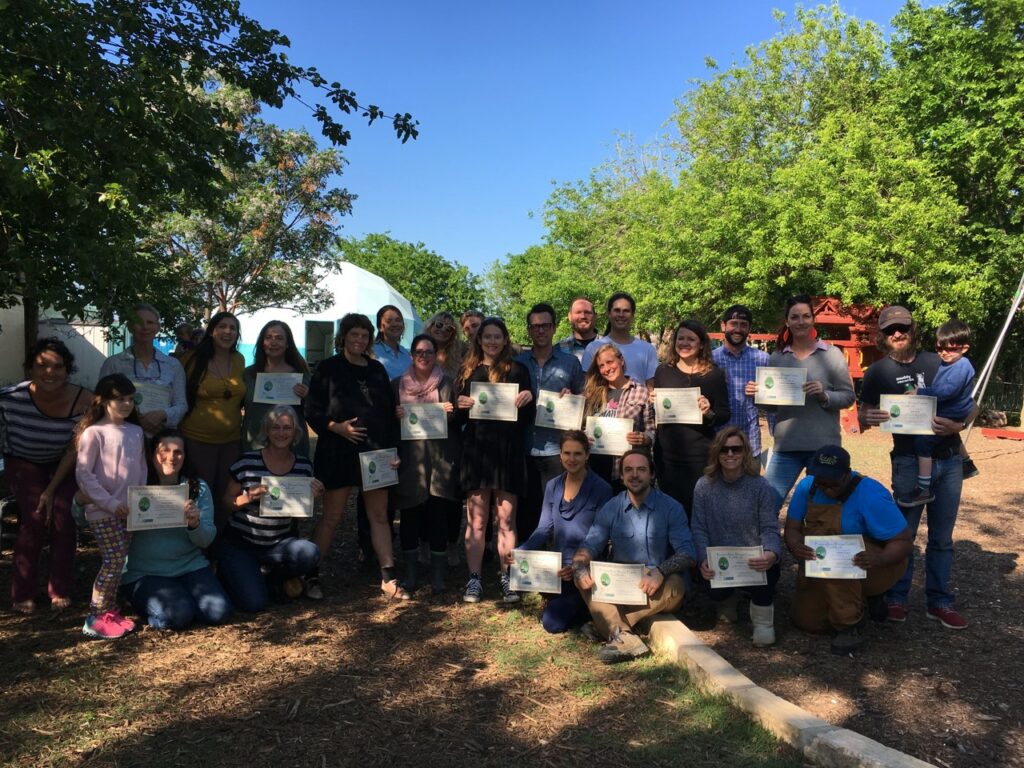
Courtesy of Taelor Monroe
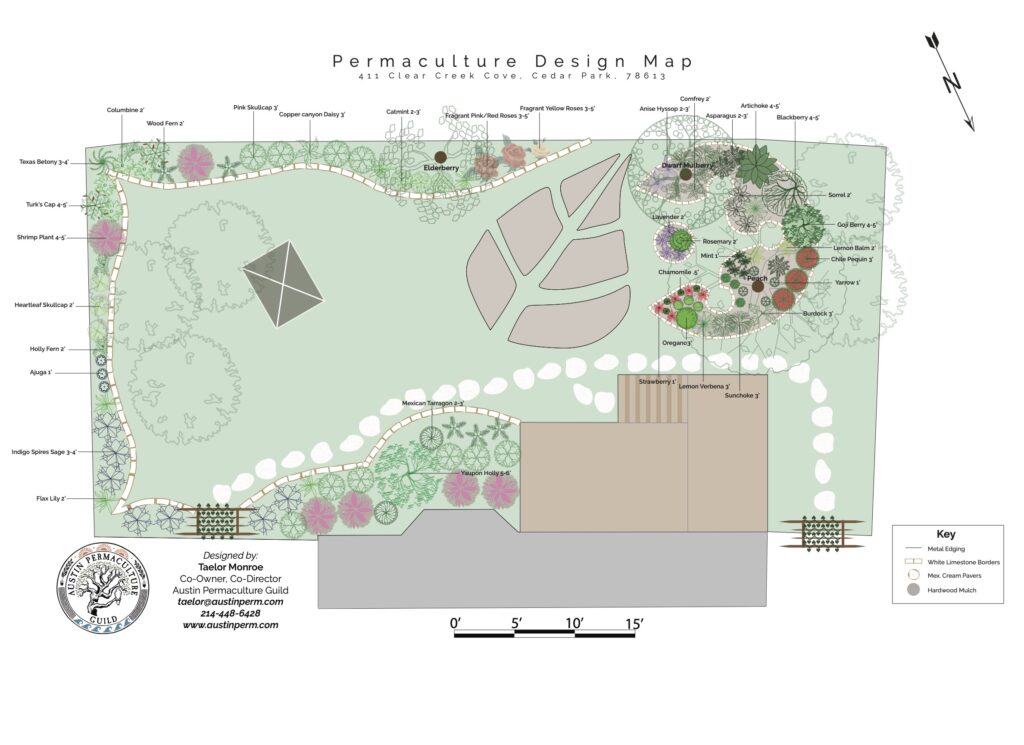
Courtesy of Taelor Monroe
A permaculture diet is sustainable as long as you don’t expect to get everything you need from it.
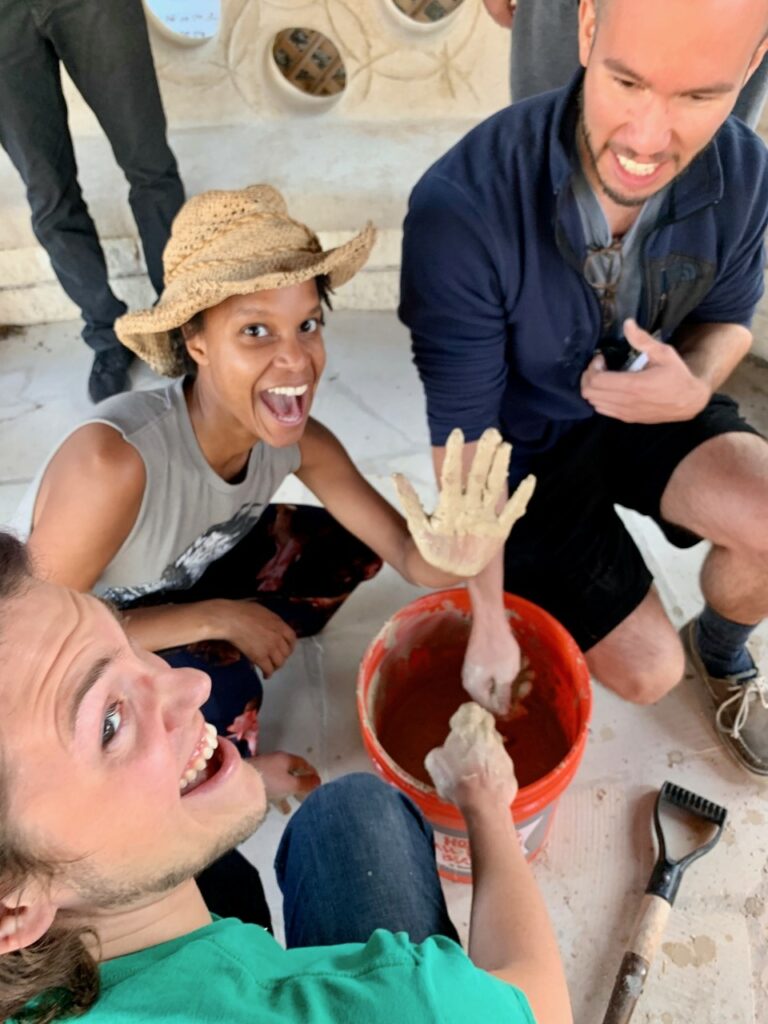
Courtesy of Taelor Monroe
“It’s really hard to quantify the value of healthy fresh food, which is harder and harder to get at reasonable prices. The lawn is something that constantly costs and it gives you very little,” Wolfert says. “The costs and energy inputs can go down while your yields go up over time.”
It takes time to learn how to grow plants and it’s too easy to get overwhelmed by the “green thumb” status. It’s highly encouraged to reach out to a permaculture expert for guidance. Get some seeds from Sustainable Food Center, local libraries or your neighbors. Use the Texas Agrilife Extension vegetable planting calendar. Start with herbs and native plants.
Adam Russell specializes in broad land soil amending and is now considered Symbiosis Regenerative Systems’ in-house water structures devices expert.
Due to Central Texas’ water pattern of great floods in short periods of time, followed by extended droughts, “You can’t do anything in permaculture in Central Texas until you manage the water moving through the site,” Russell says.
Start with climate, not only geographically but mentally. People getting started are stuck in a mental place where they need to fight nature. Permaculture is about shifting that narrative and embracing nature rather than fighting it.
Ryan Rosshirt started out as a home grower for permaculture.
“Social pressure to have a conventionally kept space, I think, is weaker than it has been in the past,” Rosshirt says. “I think there’s just generally more appreciation for wildflowers and flowering trees, landscapes that appear to be more native.”
However, Rosshirt had to push past his weed haters and feel misunderstood.
“It’s sad when people don’t get what you’re doing because weeds are just a pejorative term and means a plant that we don’t want here,” Rosshirt says. “I want most of the plants, diversity has its own value.”
Nature is beautiful and permaculture is by default.
“If we believe that nature is beautiful, and we can relax our grip on the control of nature a little bit, then we’re going to have a lot easier time working with nature,” Wolfert says.
Permaculture encourages ownership and sovereignty of our food system. The principles of permaculture are observing, interacting, catching, storing energy and looking at waste as a resource. Permaculture gives back to nature, your mind, your pantry and your neighbors.
“We can be a completely regenerative force on this earth,” Russell says. “We can bring abundance into our living landscape than we’ve ever known in our lifetime.”






